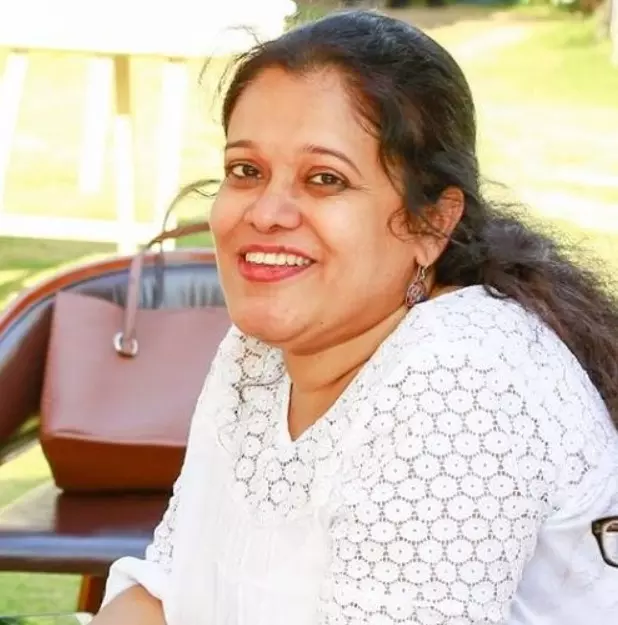Live
- New Delhi: Hockey star Dilip Tirkey aims at scoring winning goal
- IndiGo, Archer to launch electric air taxis in India
- Markets snap 4-day losing streak, up on value buying
- IMF praises India’s fiscal discipline in election year
- Srikakulam: YSRCP, TDP candidates continue to face rebel trouble
- Murder sparks protests; BJP targets Cong govt
- Visakhapatnam: Bheemili MLA denies ‘baseless’ rumours about his candidature
- Cong corporator slams CM, says gang behind daughter’s murder
- Visakhapatnam: 19th Day of ‘Memantha Siddham’ at Godicherla
- Voters perform ‘Pada Pooja’ of BJP’s Yaduveer Wodeyar
Just In

Lively Hearts of Hyderabad. The simple, entertaining yet thought provoking comment on society and the life of a common man is the typical Deccani humour poetry that has been unique to Hyderabad and the surrounding areas of the Deccan plateau.
Election may aarain pilaana banarain Pilaana banaako fasaada kararain Fasada karaako commitiyaan bitharain Commitiyaan banaako dilon ko milarain Margaye so murdon ke karain ilajaan Ji naani maa kya hai ki kya naiki (Punning on the popular phrase used in Deccani – Kya hai ki kya naiki – the popular Deccani humour poet Himayatullah comments on politicians contesting elections, planning to create riots and then following the riots are the committees. And they treat the dead bodies. He further laments on the state of India where there are fights over smallest of issues, on languages, on regions, on how the hearts break and the blood gets cheaper even as food becomes expensive)

© 2024 Hyderabad Media House Limited/The Hans India. All rights reserved. Powered by hocalwire.com







